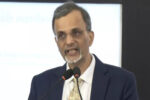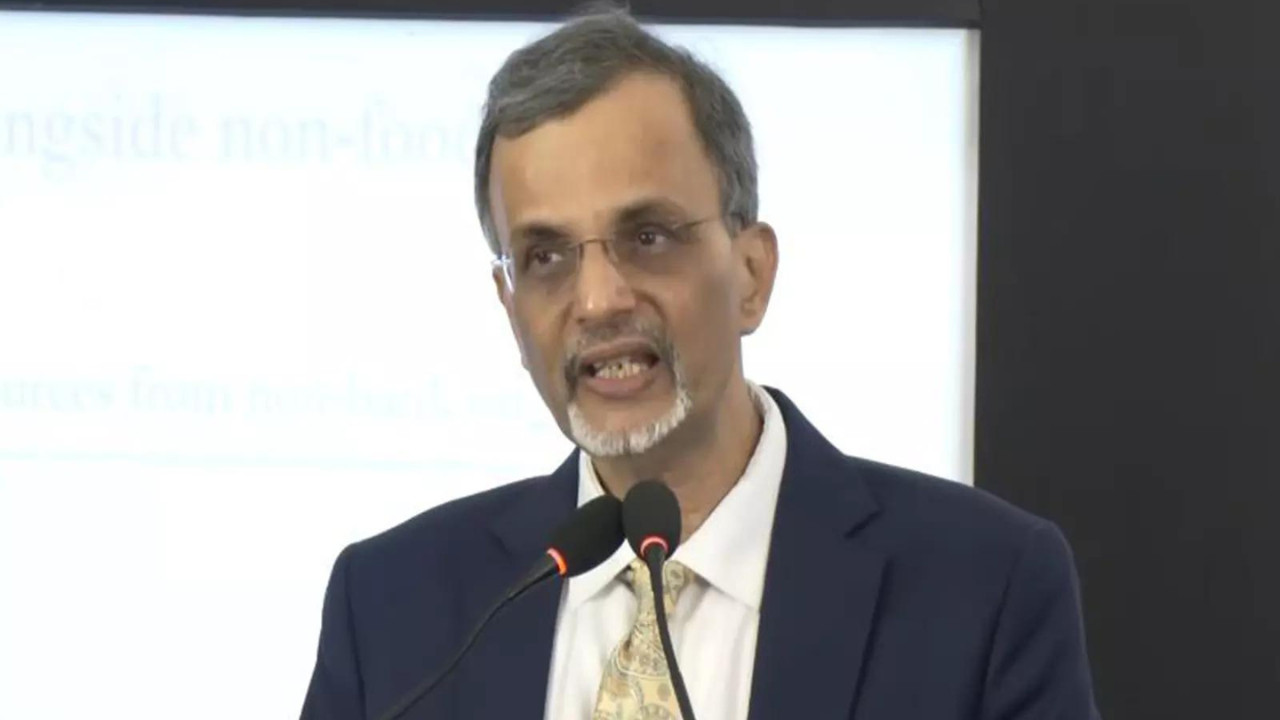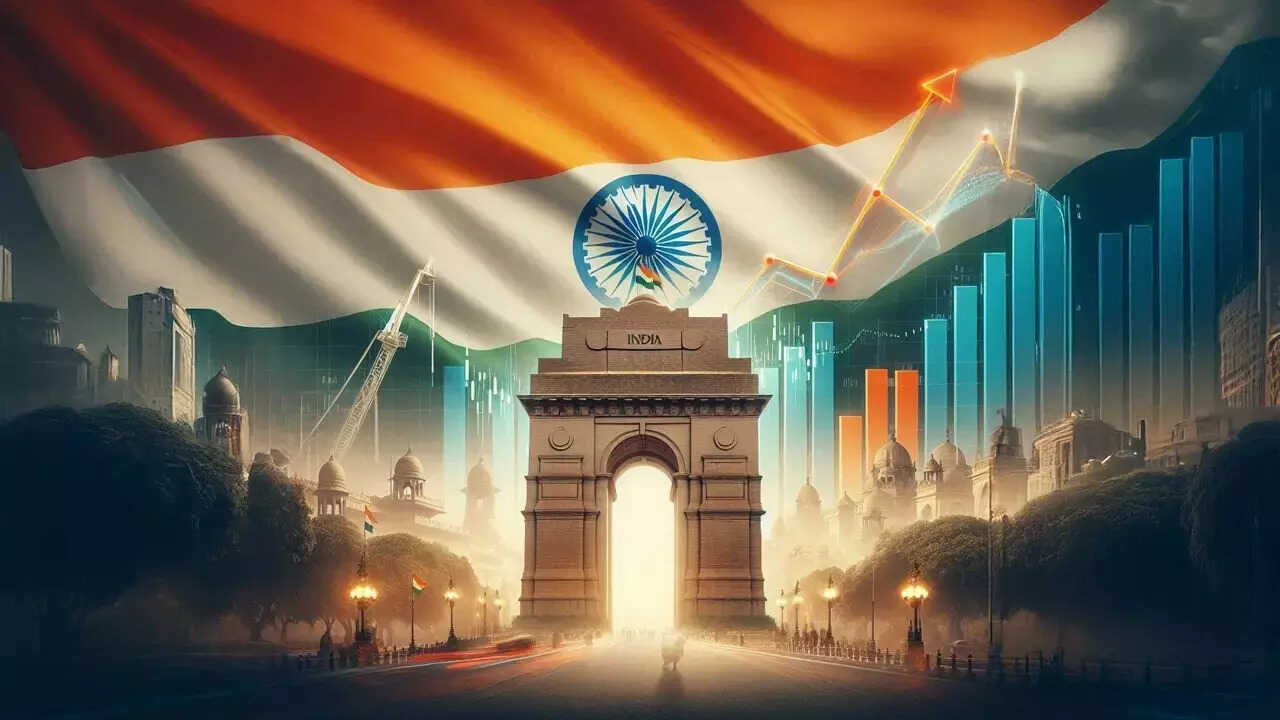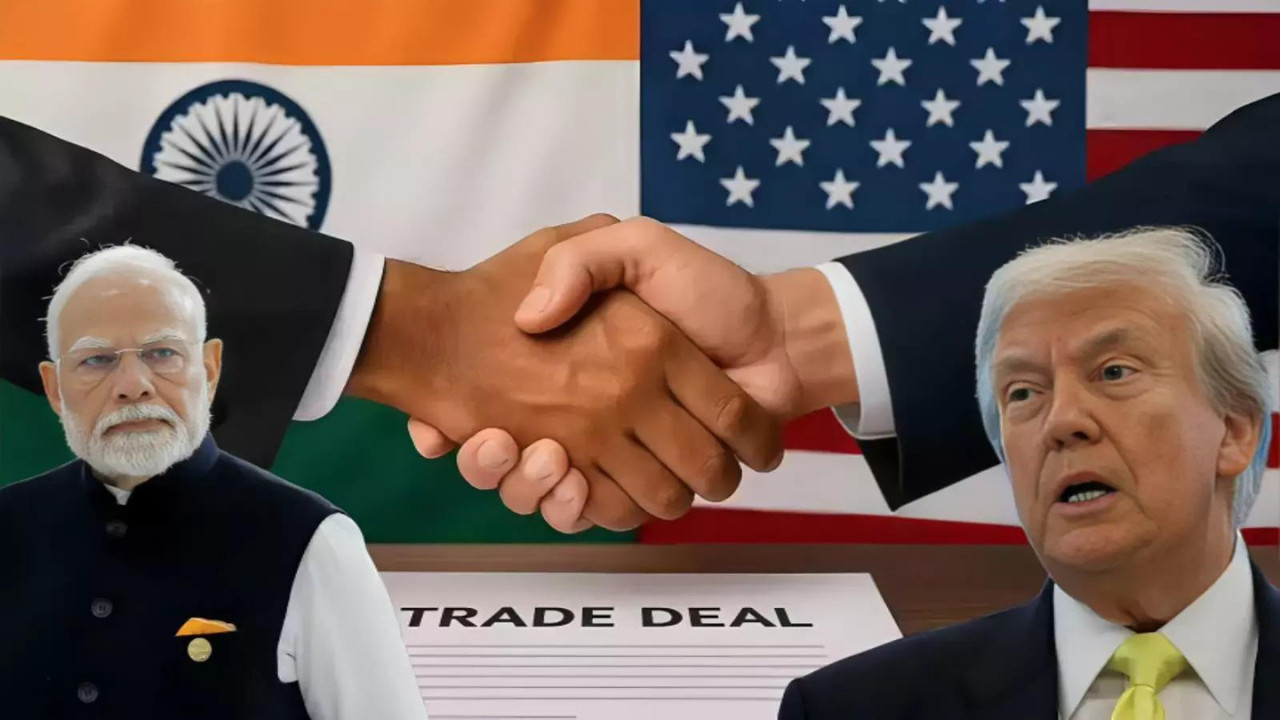Commerce minister Piyush Goyal has reaffirmed India’s ambition to become a $5 trillion economy by 2027, emphasizing strong macroeconomic fundamentals and policy reforms. He highlighted India’s progress under Prime Minister Modi’s leadership, projecting India as the world’s third-largest economy by 2027.
India’s Economic Ascent: From “Fragile Five” to a $5 Trillion Powerhouse
Remember the whispers of the “Fragile Five”? Not too long ago, India was lumped together with other nations deemed vulnerable to economic shocks. How quickly things change. Today, the narrative is shifting dramatically, with a confident vision of India becoming a $5 trillion economy by 2027 taking center stage. But is this ambitious goal within reach, or just wishful thinking?
The transformation India is experiencing is not accidental. It’s the culmination of strategic policies, a burgeoning entrepreneurial spirit, and a youthful, dynamic workforce. Consider the strides made in digitalization, which have unlocked unprecedented opportunities for innovation and financial inclusion. From bustling city centers to remote rural villages, digital connectivity is empowering individuals and businesses alike. This digital revolution is not just a technological upgrade; it’s a fundamental reshaping of the Indian economic landscape.
Charting the Course: Key Drivers of Growth
So, what are the key engines propelling India’s economic growth? Several factors are at play, creating a powerful synergy that fuels the nation’s progress.
* Manufacturing Muscle: The “Make in India” initiative is fostering a robust manufacturing sector, attracting both domestic and foreign investment. This initiative isn’t just about producing goods; it’s about creating jobs, developing skills, and building a self-reliant industrial base.
* Infrastructure Boom: Massive investments in infrastructure – roads, railways, ports, and airports – are connecting the country like never before. These projects not only stimulate economic activity during their construction but also lay the foundation for long-term growth by improving connectivity and reducing logistics costs.
* Entrepreneurial Energy: India’s startup ecosystem is buzzing with innovation, driven by a generation of entrepreneurs who are unafraid to challenge the status quo. From fintech to e-commerce, these startups are disrupting traditional industries and creating new opportunities.
* Demographic Dividend: India’s young population represents a significant advantage. A large, educated, and skilled workforce is essential for driving productivity and innovation. Harnessing this demographic dividend is crucial for sustaining long-term economic growth.

Navigating the Challenges on the Path to a $5 Trillion Economy
Of course, the journey to becoming a $5 trillion economy won’t be without its obstacles. Global economic headwinds, geopolitical uncertainties, and domestic challenges all pose potential risks. Maintaining fiscal discipline, managing inflation, and addressing income inequality are crucial for ensuring sustainable and inclusive growth.
Moreover, continued reforms are essential to improve the ease of doing business, attract foreign investment, and unlock the full potential of the Indian economy. This includes streamlining regulations, reducing bureaucratic hurdles, and investing in education and skills development. For example, consider exploring ways to boost financial literacy, as discussed in our previous article about [investment strategies for young Indians](internal-link-to-related-article).
A Nation United: Claiming India’s Rightful Place
The vision of India as a $5 trillion economy is more than just a statistic; it’s a symbol of national aspiration. It represents a collective desire to build a prosperous, equitable, and self-reliant nation. Achieving this goal requires the combined efforts of the government, the private sector, and every citizen of India.
There’s a palpable sense of optimism and determination in the air. From bustling city streets to remote rural villages, people are working hard, innovating, and contributing to the nation’s progress. This collective energy is the driving force behind India’s economic ascent.
The transition from being labeled among the “Fragile Five” to aiming for the top five economies in the world is a remarkable testament to India’s resilience and potential. While challenges undoubtedly remain, the trajectory is clear. With continued commitment to reform, innovation, and inclusive growth, India is well on its way to claiming its rightful place on the global stage.







